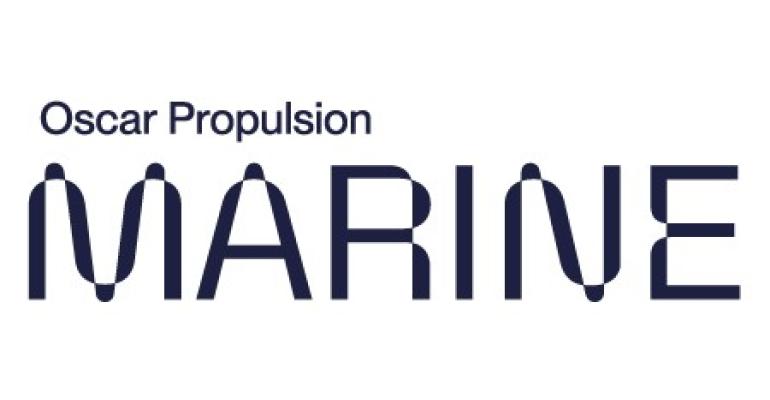The patented PressurePores system reduces propeller tip vortex cavitation by applying a small number of strategically placed holes in the propeller blades. The addition of these pressure-relieving holes allows ships to operate with a more silent propeller.
URN disrupts marine fauna communication
'Underwater radiated noise is one of the most adverse environmental by-products from commercial shipping, yet unlike other forms of marine pollution, there is currently no international legislation in place to prevent or reduce this source of environmental damage,' Oscar Propulsion Marine Director Lars Eikeland said.
'Increasing noise levels, especially in the low-frequency range, is disorientating marine fauna and disrupting their communication signals, leading to behavioural changes or extinction. We now have a cost-effective, easy-to-apply solution that prevents this from happening.'
Cavitation volume cut almost 14% and URN up to 10dB
Following four years of computational fluid dynamics, modelling and cavitation tunnel tests during the solution’s development phase at Strathclyde, it was demonstrated that PressurePores can reduce cavitation volume by almost 14% and URN by up to 10dB.
Results were further verified in tests on the sub-cavitating propellers on Princess Royal, a 19-meter research catamaran operated by Newcastle University. And, last year, computational fluid dynamics finite element propeller stress tests were successfully completed in accordance with classification society DNV rules.
Cavitation 'sweet spot'
'We have found the optimum number of holes required to reduce the noise. So long as the right number of holes are placed in the most effective positions, a cavitation sweet spot can be achieved,' Eikeland said.
He added: 'It’s not a case of simply drilling holes into the blades, as this will affect the propeller’s thrust capability. We know exactly where to place the holes for maximum efficiency and for optimum noise reduction.'
Oscar Propulsion said propeller cavitation can generate as much as 188dB of underwater radiated noise and can be heard by marine fauna 100 miles away.
Recognized risk to marine life
According to the US National Oceanic and Atmospheric Administration, anything above 160db can pose a significant risk to marine life.
For six years running, Canada's Port of Vancouver has supported large-scale underwater noise reduction initiatives to help the recovery of southern resident killer whales. And at American Queen Voyages, a partnership with whale acoustic ecologist Dr. Michelle Fournet, director of the Sound Science Research Collective, will continue for Ocean Victory's second Alaska season in 2023.
'Noise levels in the ocean due to maritime activity [have] been increasing for decades and [are] expected to double by 2030,' Oscar Propulsion's Eikeland said. 'URN can cause irreversible damage to marine wildlife through stress, habitat displacement, reduced reproduction, lost feeding opportunities and even death, greatly changing the marine ecosystem and impacting biodiversity.'
For new propellers or retrofits
He said PressurePores has a 'major mitigating effect' on propeller cavitation and URN and can be incorporated into new propellers or retrofitted in dry dock 'or possibly in water.'
Here's how the technology works:
Suitable for cruise ships and all types of propellers
Guildford, Surrey-based Oscar Propulsion said its technology is suitable for all types of vessels but particularly for naval vessels, yachts, fishing fleets, offshore vessels and cruise and research ships operating in sensitive environments.
The technology can be applied to all types of propellers, including pods and thrusters.
Copyright © 2024. All rights reserved. Seatrade, a trading name of Informa Markets (UK) Limited.
Add Seatrade Cruise News to your Google News feed.  |

